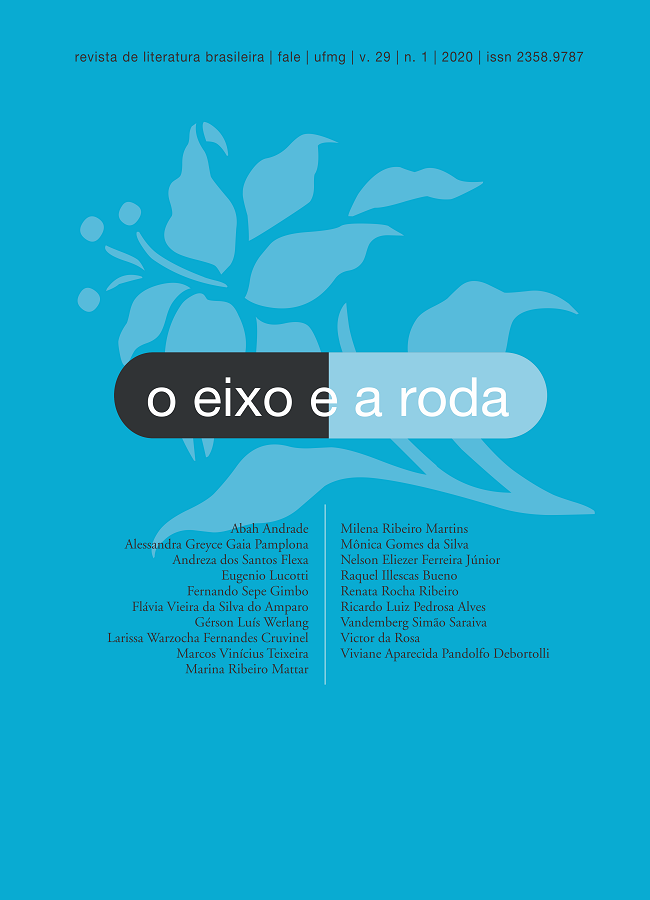“Cuidado, leitor, ao voltar esta página!”, sobre prefácios, leitores e escritores no Romantismo brasileiro
DOI:
https://doi.org/10.17851/2358-9787.29.1.155-180Palabras clave:
paratexto, prefácio, RomantismoResumen
Resumo: Este artigo objetiva identificar e refletir sobre as estratégias discursivas utilizadas nos prefácios de obras que participam da consolidação do sistema literário brasileiro no século XIX: Primeiros cantos, Lira dos vinte anos, A moreninha e Ressurreição. Busca-se estudar as imagens construídas acerca do Leitor, do Autor e da Obra nos textos introdutórios de Gonçalves Dias, Álvares de Azevedo, Joaquim Manuel de Macedo e Machado de Assis. Parte-se da concepção de paratexto desenvolvida por Gérard Genette (2009) que destaca, especialmente, o aspecto intersticial do prefácio, além do cotejo com dois grandes modelos de prefácio para o Romantismo brasileiro: o Prólogo da Primeira Parte de O engenhoso fidalgo Dom Quixote de La Mancha, de Miguel de Cervantes, e Prefácio ao Cromwell, de Victor Hugo. Ao reafirmar a condição de antessala da obra literária, o prefácio é entendido como um limiar entre realidade e ficção que, para além da função circunstancial e pragmática de apresentação do texto, possibilita a criação de uma verdadeira mise-en-scène discursiva. Nesse sentido, aprecia-se como os autores brasileiros, num contexto literário julgado incipiente, constroem os princípios de um “como e por que ler” indispensáveis à formação de um público-leitor.
Palavras-chave: paratexto; prefácio; Romantismo.










